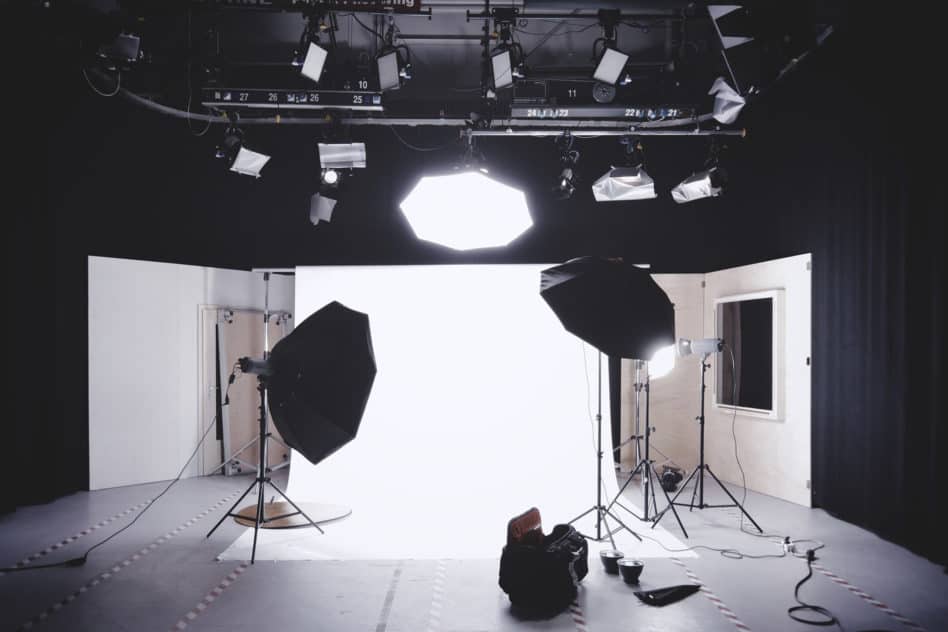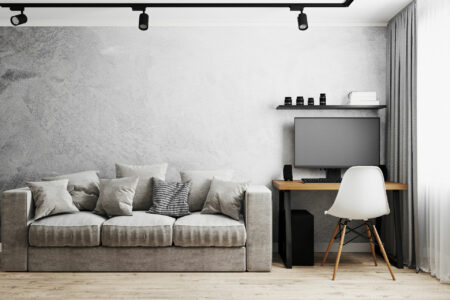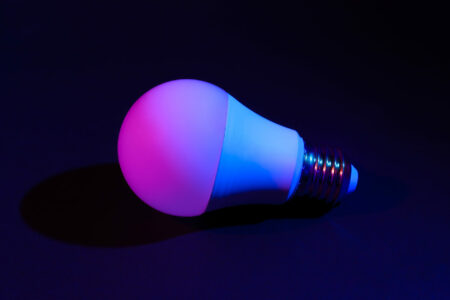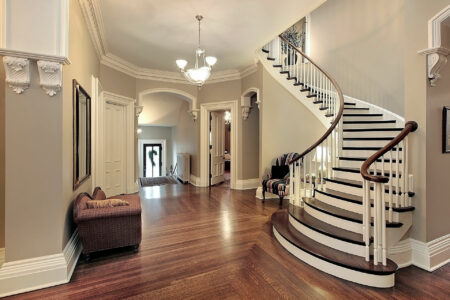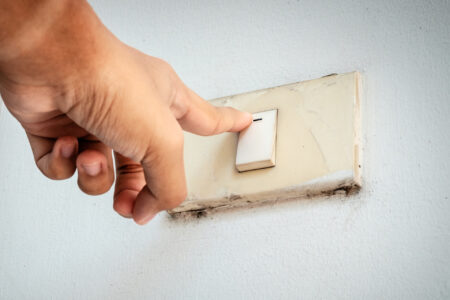The concept of illuminance has not only existed since LED technology. It is the luminous flux that actually reaches an illuminated surface. Illuminance is measured in the unit lux. With this value, brightness can be measured by one or more light sources. Here you can find out everything about the definition and background of illuminance.
What is illuminance?
Illuminance is a common photometric quantity used to determine the brightness of a given area. Illuminance indicates how much luminous flux in lumens falls on a defined surface. It is therefore not a transmitted quantity of the light source but a received quantity. The brightness of the lamp is irrelevant, the important factor is how much light reaches the illuminated surface.
The brightness of one or more light sources only has an indirect influence on the illuminance. The critical factor is the luminous flux actually received on a defined surface.
Illuminance is a general measure of how much light power should be installed in a room. It does not matter whether the light is emitted by one or more light sources. Illuminance is defined as the total light output of all installed light sources.
With the Lumen Lux Calculator you can easily convert Lux to Lumen.
What is the unit of illuminance?
The unit to measure the illuminance is lux with the abbreviation lx. A light source with a luminous flux of one lumen which uniformly illuminates an area of one square metre has an illuminance of one lux. This is comparable to the brightness of a candle flame, which also reaches an illuminance of around one lux at a distance of one metre.
1 lux (lx) corresponds to a luminous flux of 1 lumen per square metre.
Is there a difference to the perceived brightness?
The illuminance is independent to the perceived brightness. For example, the light at two workstations, both illuminated at 500 lx, can have different brightnesses. The reason for this are the different reflection properties. A workplace with a bright interior reflects the received light to a greater degree than a dark interior.
The impression of brightness depends only indirectly on the illuminance. This is caused by the colors and materials present in the illuminated environment and the associated reflective properties.
How to measure illuminance?
There are two ways to measure illuminance. For a professional measurement there are lux meters in different tolerance classes. These have a light sensor to capture the light on the surface. Even angular occurring light is correctly evaluated by a professional measuring device.
Most smartphones today also have a light sensor built in. Of course, this is not intended for a professional measurement. Nevertheless, there are a number of apps to measure the illuminance. But in practice, there are very large deviations with this type of measurement. For a professional measurement of illuminance, a lux meter should always be preferred.
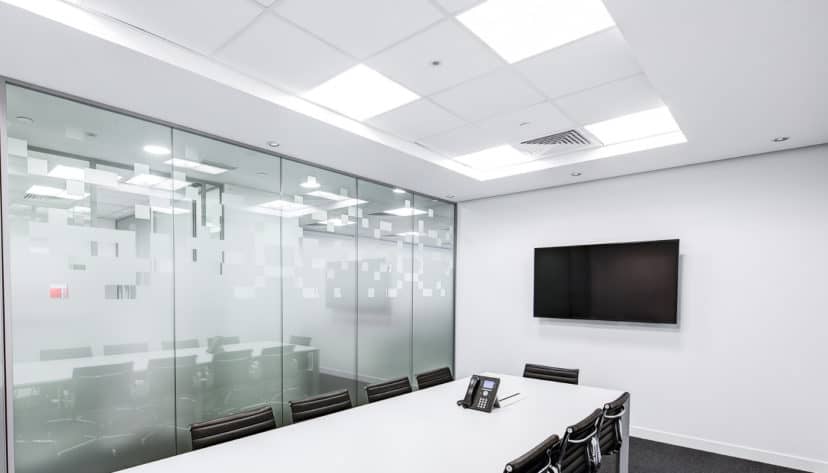
What illuminance is required?
At home there are no regulations for the illuminance. Here you can illuminate everything according to your own taste. But in the commercial sector, there may be regulations that require a minimum illuminance level depending on the activity and environment. Different requirements apply depending on the visual task.
The purpose of these regulations is to achieve bright and uniform lighting at workplaces. This prevents fatigue and increases concentration both at office workplaces and at construction sites. As a result, fewer errors occur and accidents can be avoided.
What are the minimum requirements?
The average minimum illuminance levels depending on the activity and visual task are specified in country specific regulations. For European countries these could be found in the EN 12464-1. For the US these could be found in the regulation standard 1926.56. The specifications are minimum values which must never be undercut. Influences such as soiling or ageing of the lamps must also be taken into account.
New lighting installations are designed with higher illuminance. So a sufficient reserve is available and the minimum illuminance is not undercut despite the age-related factors. As soon as this occurs, the lighting needs to be serviced.
Recommended light levels
The following table gives some examples of recommended illuminance levels for specific rooms or activities according to EN 12464-1.
| Room/Task | Illuminance |
|---|---|
| Color checks | 1000 lx |
| Painting, sanding | 750 lx |
| Office workplaces | 500 lx |
| Packaging areas | 300 lx |
| Waiting areas | 200 lx |
| Corridors | 100 lx |
| Emergency escape routes | 1 lx |
How much lux has daylight?
Daylight reaches up to 20,000 lux on cloudy days. Up to 100,000 lux can be achieved on a sunny day. This question is frequently asked in order to make comparisons with the planned lighting.
However, such a comparison rarely makes sense, as the illuminance levels indoors are usually only a fraction of the values of the sunlight. This is also perfectly sufficient, as the eye adapts to the different light intensities in wide areas via the opening of the pupils.
Conclusions
Illuminance is used to determine the luminous flux falling on a surface. With this value in lux, lighting installations can be planned and calculated according to the type of room and activity. While there are no fixed requirements for minimum illuminance in private areas, the values defined in the standards apply in the commercial sector.
